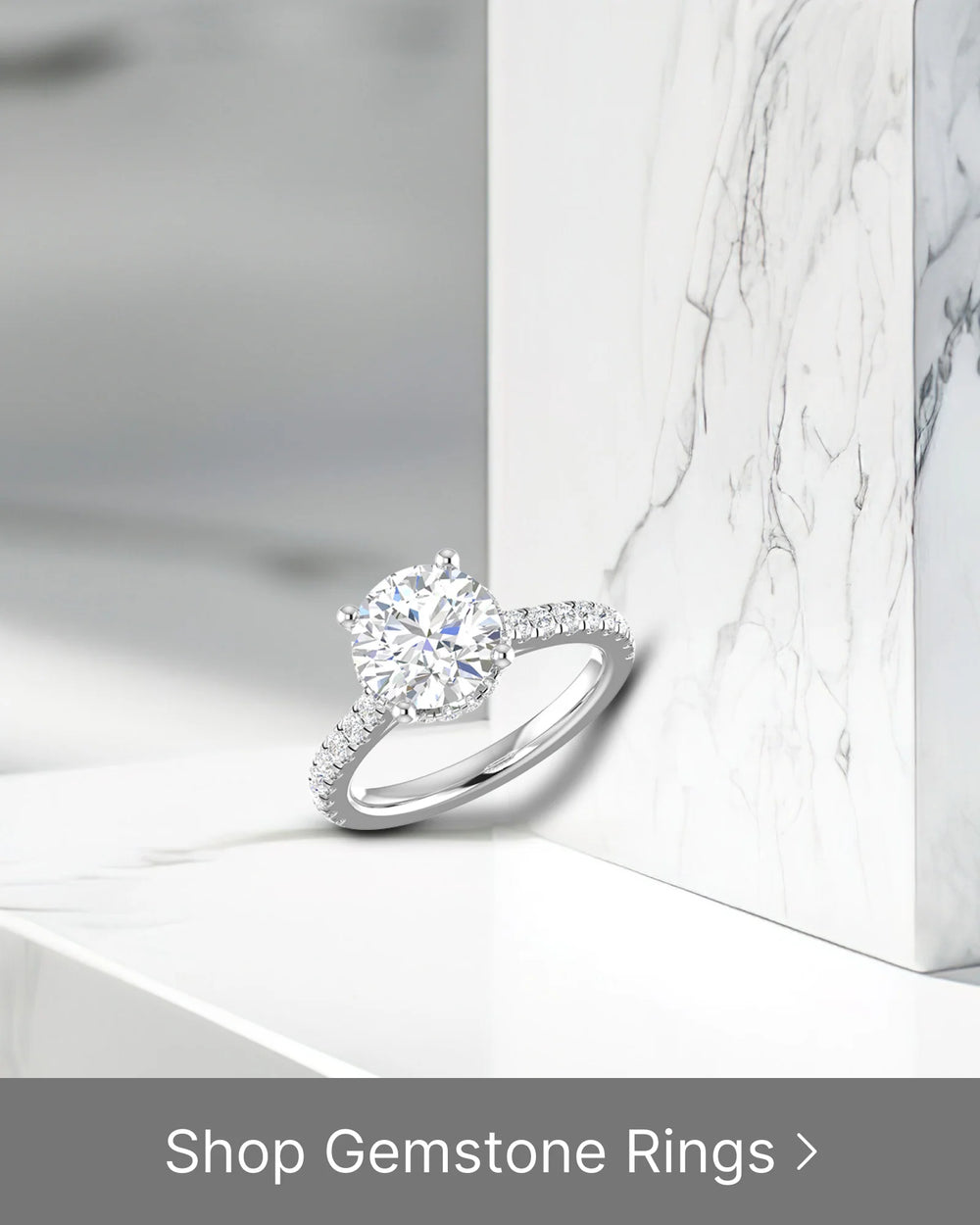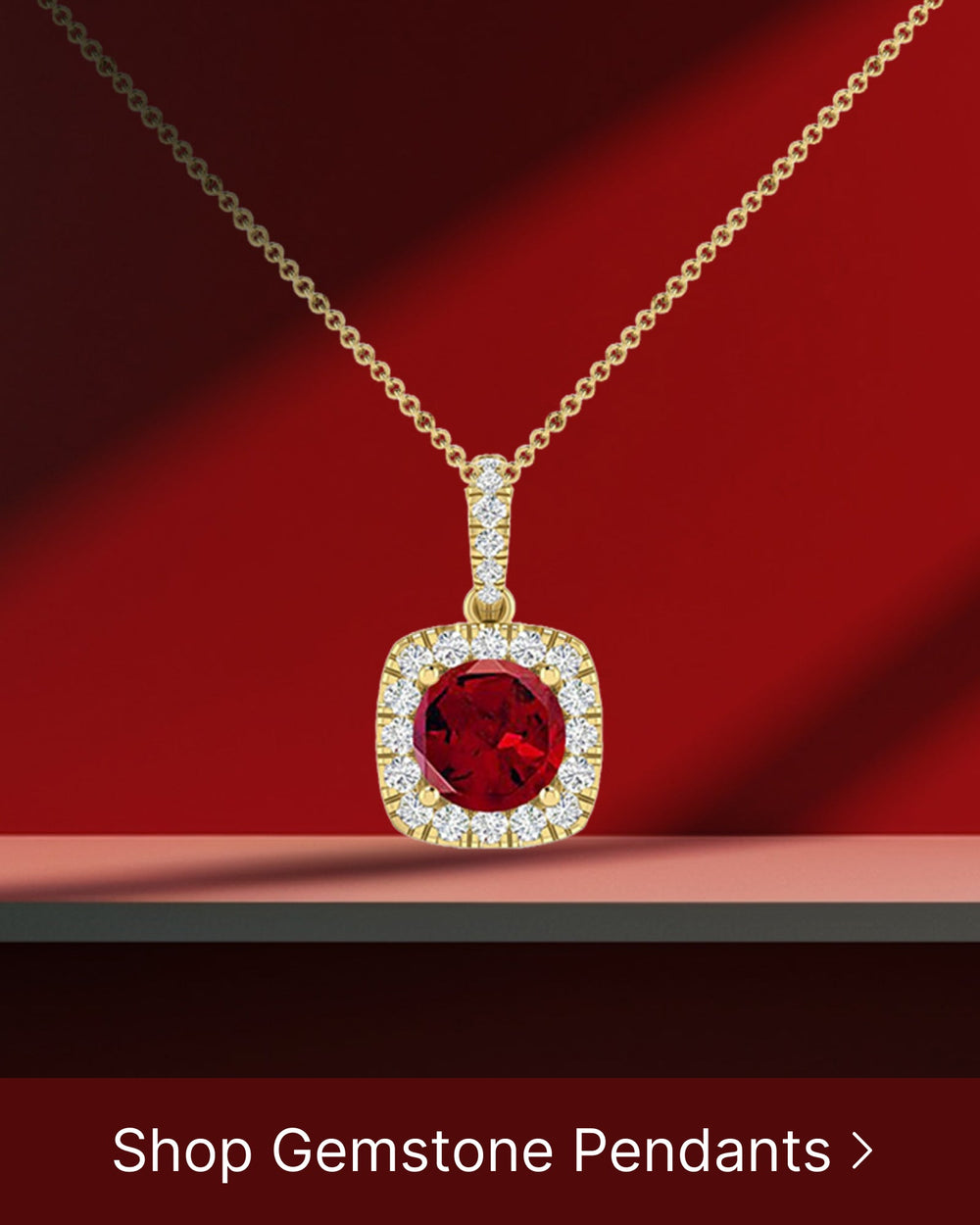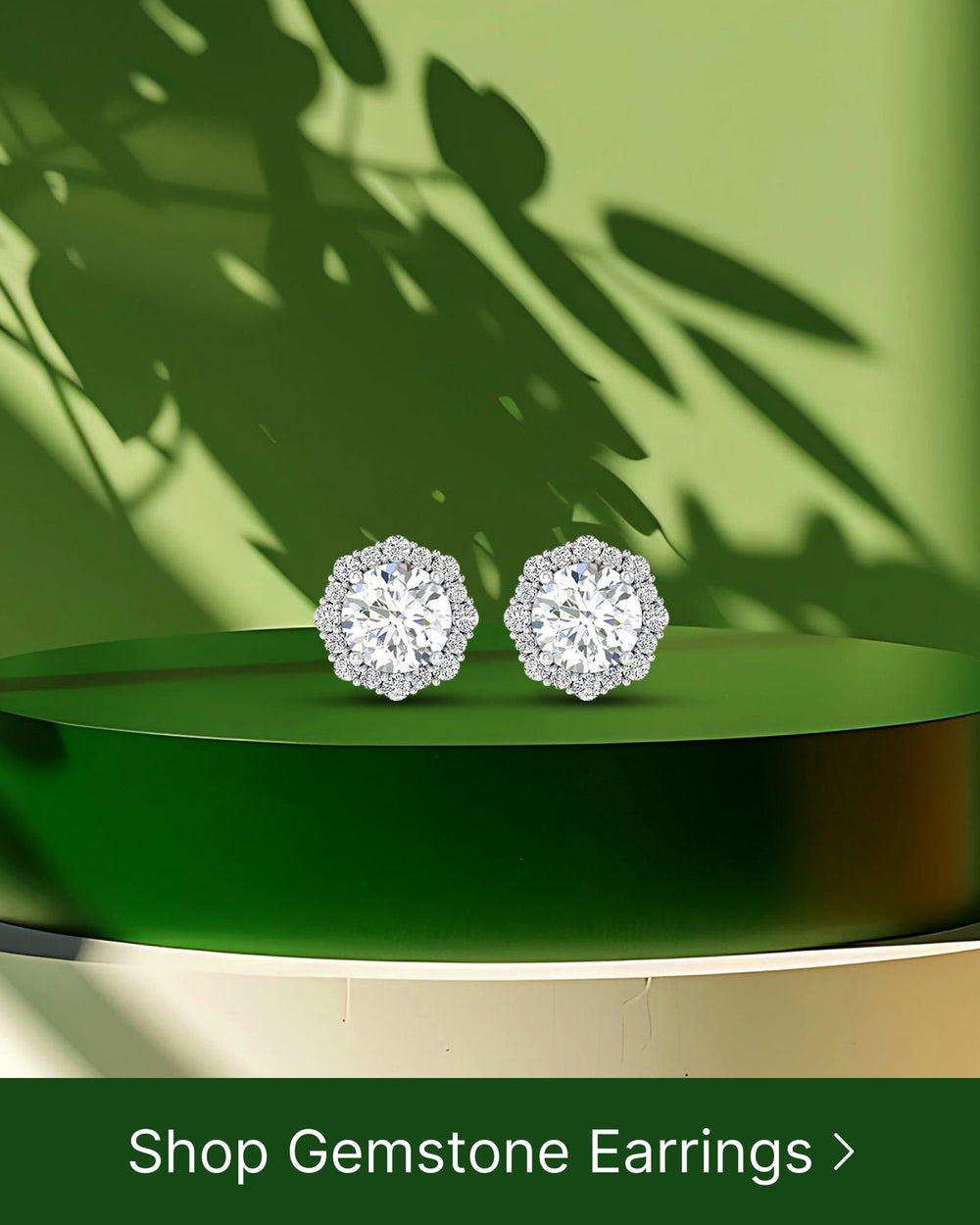When it comes to choosing your forever, there are few decisions as important as selecting the perfect engagement ring and wedding band. These symbols of love and commitment will be worn and cherished for a lifetime, so it's crucial to understand their significance and make the right choices. In this article, we will explore the differences between engagement rings and wedding bands, factors to consider when choosing your rings, tips for selecting the perfect engagement ring, and the importance of selecting an ideal wedding band.
Understanding the Difference Between Engagement Rings and Wedding Bands
Before delving into the details, it's essential to grasp the distinction between engagement rings and wedding bands. They serve different purposes and have unique symbolism. While engagement rings are traditionally given when a proposal is made, wedding bands are exchanged during the wedding ceremony. The historical significance of both rings further emphasizes their individual importance.
The Historical Significance of Engagement Rings and Wedding Bands
The tradition of engagement rings dates back centuries and has evolved over time. Engagement rings were initially associated with a groom's intent to marry and were often used as a symbol of ownership. However, today, they represent the promise of marriage and are typically adorned with diamonds or other precious gemstones. On the other hand, wedding bands symbolize the everlasting commitment between two partners and are usually simple in design.
Engagement rings have a rich history that can be traced back to ancient civilizations. In ancient Egypt, for example, engagement rings were made from braided reeds and worn on the fourth finger of the left hand, as it was believed to have a vein that led directly to the heart. In ancient Rome, engagement rings were often made of iron, symbolizing strength and permanence.
Wedding bands also have a fascinating history. The tradition of exchanging wedding bands can be traced back to ancient Greece and Rome. In these cultures, the wedding band was worn on the third finger of the left hand, as it was believed to be directly connected to the heart. The circular shape of the wedding band symbolized eternity and the unending love between the couple.
Engagement Rings vs Wedding Bands: What's the Difference?
While both rings represent love and commitment, several notable differences set them apart. Engagement rings are typically more elaborate and feature a center stone, often a diamond, surrounded by smaller gemstones or intricate designs. The choice of a diamond as the center stone can be traced back to the 15th century, when Archduke Maximilian of Austria proposed to Mary of Burgundy with a diamond engagement ring.
Engagement rings have evolved over time, with various styles and designs becoming popular. From classic solitaire rings to vintage-inspired designs, there is a wide range of options to choose from. Some couples also opt for alternative gemstones, such as sapphires or emeralds, to add a unique touch to their engagement rings.
On the other hand, wedding bands are usually simpler in design, symbolizing the enduring bond of marriage without the ostentatious features of an engagement ring. They are often made of precious metals like gold or platinum and can be personalized with engravings or other meaningful symbols. Some couples choose matching wedding bands to symbolize their unity and commitment to each other.
While engagement rings are typically worn by women, wedding bands are worn by both partners. This tradition has its roots in ancient Rome, where the bride would wear the engagement ring on her left hand before the wedding, and then move it to her right hand during the ceremony. The wedding band would be worn on the left hand after the wedding, alongside the engagement ring.
Ultimately, both engagement rings and wedding bands hold significant meaning and symbolize the love and commitment between two individuals. Whether it's the dazzling beauty of an engagement ring or the timeless simplicity of a wedding band, these rings are cherished symbols of a couple's journey together.
Factors to Consider When Choosing Your Rings
Now that you understand the basics, it's time to delve into the factors you should consider when selecting your engagement ring and wedding band. These factors include the choice of material, the role of gemstones, and the ring's design and style.
Material Matters: Gold, Silver, Platinum, and More
The choice of material for your rings plays a significant role in their overall look and durability. Popular options include gold, silver, platinum, and even alternative materials like titanium or tungsten. Each metal has its unique characteristics, such as gold's warmth or platinum's durability, so consider your preferences and lifestyle when making this decision.
Gold, a timeless and luxurious metal, comes in different shades such as yellow, white, and rose gold. It is known for its malleability, making it easy to work with and allowing intricate designs. Silver, on the other hand, offers a more affordable option while still providing a beautiful and elegant look. Platinum, known for its rarity and strength, is a popular choice for those seeking a durable and hypoallergenic metal. Alternative materials like titanium or tungsten offer a modern and edgy appeal, perfect for those looking for something unique and unconventional.
When choosing the material for your rings, it's essential to consider factors such as durability, maintenance, and how well it complements your skin tone. Some metals may require more care and maintenance to keep their shine, while others may be more resistant to scratches and wear.
The Role of Gemstones in Your Ring Choice
Gemstones are a staple feature of many engagement rings, adding sparkle and personality. The most popular gemstone choice is diamonds due to their durability and timeless beauty. However, other gemstones such as sapphires, emeralds, and rubies offer stunning alternatives. Consider the symbolism and personal significance associated with different gemstones to make a meaningful choice.
Diamonds, known as the hardest substance on Earth, symbolize eternal love and are a classic choice for engagement rings. Their brilliance and clarity make them highly sought after. Sapphires, with their deep blue hues, are associated with loyalty and wisdom. Emeralds, with their vibrant green color, symbolize rebirth and love. Rubies, known for their fiery red color, represent passion and vitality.
When selecting gemstones for your rings, consider factors such as color, clarity, cut, and carat weight. Each gemstone has its unique characteristics, and understanding these factors will help you choose the perfect stone that reflects your style and personality.
Considering the Ring's Design and Style
The design and style of your rings should reflect your personal taste and complement your lifestyle. Whether you prefer classic elegance or modern sophistication, there is a wide array of styles and settings to choose from. Take into account factors such as comfort, practicality, and the ability to match your chosen wedding band to ensure a cohesive and visually appealing look.
Classic designs, such as solitaire or three-stone settings, offer timeless elegance and allow the center stone to take center stage. Vintage-inspired designs, with intricate details and filigree work, bring a touch of nostalgia and romance. Modern designs, on the other hand, often feature sleek lines and unique shapes, perfect for those seeking a contemporary and avant-garde look.
Consider your lifestyle when choosing the ring's design. If you have an active lifestyle or work with your hands, you may want to opt for a low-profile setting that sits closer to the finger and is less likely to catch on objects. Comfort is also crucial, as you'll be wearing your rings every day, so make sure the design doesn't hinder your daily activities.
Additionally, think about how your engagement ring and wedding band will complement each other. Some rings are designed to fit together seamlessly, while others may require custom fitting or a curved band to create a cohesive look.
Remember, your rings are a symbol of your love and commitment, so take the time to explore different options, try on various styles, and consider the meaning behind each choice. With careful consideration, you'll find the perfect rings that not only capture your unique story but also stand the test of time.
How to Choose the Perfect Engagement Ring
Choosing an engagement ring requires careful consideration. It's helpful to understand the four Cs of diamonds – cut, clarity, color, and carat weight – to ensure you select a high-quality stone that radiates brilliance. Additionally, exploring different engagement ring styles and settings can help you find the perfect expression of your love. Lastly, consider customizing your engagement ring to add personalized touches that make it truly unique.
Selecting the Ideal Wedding Band
While the engagement ring often takes center stage, selecting the ideal wedding band is equally important. One crucial consideration is how the wedding band matches or complements the engagement ring. Whether you prefer a coordinated look or a contrasting style, ensure that both rings enhance each other's beauty. Additionally, explore the various wedding band styles, ranging from classic to contemporary, and prioritize comfort and fit to ensure years of comfortable wear.
Matching Your Wedding Band to Your Engagement Ring
Choosing a wedding band that aligns harmoniously with your engagement ring is essential for creating a cohesive and visually pleasing look. Whether you opt for a matching band or a contrasting metal, ensure that the two rings complement each other in style, ensuring they can be worn together without overpowering each other's design features.
Wedding Band Styles: From Classic to Contemporary
Wedding bands come in a variety of styles, allowing you to select one that resonates with your personal taste. Classic wedding bands feature a clean and timeless design, while modern and contemporary bands often incorporate unique elements and innovative materials. Consider your personal style and the enduring appeal you desire from your wedding band when making your choice.
The Importance of Comfort and Fit in Wedding Bands
Comfort is paramount when it comes to wedding bands since these rings are meant to be worn every day. Ensure a proper fit by getting measured by a professional jeweler. Consider the ring's width and thickness, as well as any ergonomic features that enhance wearability. Prioritizing comfort will ensure that you can enjoy your wedding band effortlessly for years to come.
Choosing the perfect engagement ring and wedding band deserves careful consideration and understanding. By exploring the differences between these rings, considering essential factors, and following helpful tips, you can make informed choices that symbolize your enduring love and commitment. Remember, these rings will be with you for a lifetime, so take your time and select pieces that truly speak to your heart.






